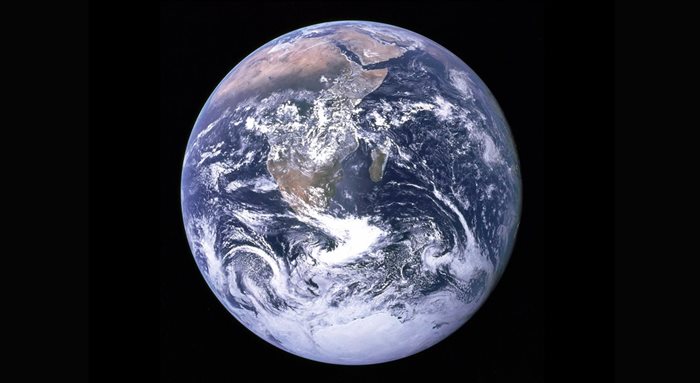
Related


South Africa's fuel sector under scrutiny: Why stricter safety measures are crucial
Liesl Esau 27 Aug 2025




Top stories




When Earth Day 2022 is celebrated around the world on Friday 22 April it will be its 52nd anniversary. But what is its history and what progress, if any, has been made since it was first celebrated in 1970?
Earth Day is an annual global event to demonstrate support for environmental protection and highlight how we can take action. Marked on 22 April each year, it is coordinated via Earthday.org.
Sometimes the week running up to it is referred to as Earth Week. According to the organisers, it is recognised by around one billion people from more than 190 countries.
The first Earth Day came about after a 1969 oil spill in Santa Barbara, California.
In April 1970, 20 million Americans demonstrated – 10% of the US population at the time – in different cities in protest against air and water pollution. At the time there were not the legal or regulatory mechanisms to protect our planet that exist in the US today, such as clean air and clean water acts.
Senator Gaylord Nelson is credited with forcing environmental issues onto the US national agenda as Earth Day’s founder. Inspired by the student anti-war movement, he had announced the idea of a “teach-in” on college campuses to the US media, and enlisted the help of an activist called Denis Hayes.
Groups that had been campaigning for the environment individually then became united around a common cause and the chosen date of 22 April.
The protests led to the creation of the US Environmental Protection Agency and first-of-their kind environmental laws. According to Earthday.org, these laws have “protected millions of men, women and children from disease and death and have protected hundreds of species from extinction”.
By 1990 Denis Hayes – described by Rolling Stone as “the Mark Zuckerberg of the environmental movement” – had been approached by environmental leaders to mobilise another campaign for the planet. Earth Day 1990 went global and in 1992 the United Nations Earth Summit was held in Rio de Janeiro, Brazil.
As the millennium approached Hayes agreed to spearhead a campaign focused on global warming using digital media.
In 2010 The Earth Day Network launched A Billion Acts of Green, the collection of one billion commitments from individuals, businesses, governments and organisations. It aimed to prove that “real change occurs when millions of people commit to it with their actions”.
Meanwhile The Canopy Project plants trees “to benefit local communities, increase habitat for species, and combat climate change”. Action taken ranges from community action, like clean-ups or “citizen science” helping to add to global databases of knowledge, to political engagement.
Earth Day 2022’s theme is Invest in our Planet. Earthday.org has published 52 ways to get involved, including standing against deforestation, asking for green power and signing petitions.
This year’s Earth Day comes just weeks after the Intergovernmental Panel on Climate Change’s third update this year emphasising that emissions must be dramatically reduced within this decade if we are to limit global warming to the Paris Agreement target of 1.5°C.
Kathleen Rogers, President of Earthday.org, has said: “If we are to make the Paris Agreement mean anything at all then we must work together. This means everyone from individuals, businesses, governments, and other parts of civil society have to commit to a transformative shift in the global economy.
“The solutions are out there and we know what must be done, whether it’s transitioning to renewable energy, conserving our forests and lands, or ridding ourselves of the scourge of plastic pollution.”
The way we invest can also make a difference to the environment – and companies and countries’ impacts on the planet are increasingly hitting their bottom lines.
Kate Rogers, Head of Sustainability for Schroders’ wealth business, which includes Cazenove Capital, has long argued the importance of investors looking beyond profit. She has said that thankfully things are changing and recognition that businesses can either be part of the problem or part of the solution is increasingly part of the discourse.
“Investors are recognising that companies can’t exploit the planet without recourse through financial cost or reputational risk,” Rogers says.
Andrew Howard, global head of sustainable investment, said: “Stakeholder pressure and government intervention are forcing companies to take responsibility for the environmental and social impacts their actions create. Costs that were previously externalised to society will become internalised on companies’ financial statements.”
This is why new approaches to investment analysis are needed to identify, measure and manage the impacts of these changing pressures. SustainEx, a tool used by Schroders’ investment experts, measures the costs companies would face if all of their negative externalities were priced or the boost if benefits were recognised financially.
“Companies don’t operate in a vacuum – they are affected by society and have impacts on society,” Howard concludes.